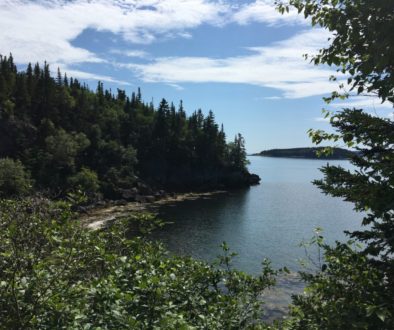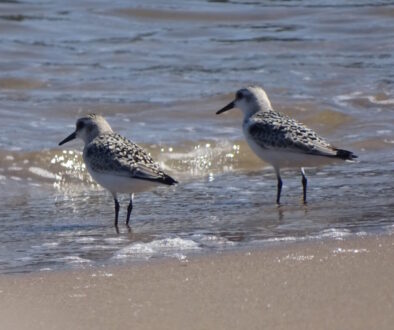Wildlife experts concerned – wildlife habitat on public land being reduced to very risky levels
Open letter to Premier Alward and Minister Northrup
Your government is making important decisions on the amount of land that will exist for wildlife, biodiversity, and clean water in New Brunswick. Surveys have repeatedly confirmed that these are important issues to the people of New Brunswick. Notwithstanding, the previous government decided to decrease the amount of conservation forest, from 30{a3162b1395e34f5bc6dd788a255c8e2a209e2a614c3b42176989b624267eff88} down to 23-25{a3162b1395e34f5bc6dd788a255c8e2a209e2a614c3b42176989b624267eff88}. Almost half of the deer wintering areas were de-listed, even though many species benefit from this habitat. Protected areas will increase, but only to 6-8{a3162b1395e34f5bc6dd788a255c8e2a209e2a614c3b42176989b624267eff88} and even then, the new protected areas were made from forests stands that were already partly-protected. Overall, there is a net decrease in the amount of protected land. At the same time, government increased the amount of intensive forest practices. Plantations, for example, will go from 12{a3162b1395e34f5bc6dd788a255c8e2a209e2a614c3b42176989b624267eff88} now to 30{a3162b1395e34f5bc6dd788a255c8e2a209e2a614c3b42176989b624267eff88} of the public forest in the next 40 years. These are significant changes to public forest.
For the last 20 years, forest management planning in New Brunswick has been based on maintaining minimum amounts of wildlife habitat; these are the last bits of old and special forest that certain animals must have in order to live out their lives and raise their young. These amounts are well-advertized and published in government documents. For example, wildlife that need old spruce-fir forest may be able to tolerate the clearcutting, conversion, and plantations if there are enough untouched stands of 375ha with trees of a certain size and type. We are concerned that the proposed forest policy and guaranteed timber supply objective can only result in a failure to meet even these minimum targets. If true, this would call into question the claim that New Brunswick practices sustainable management of its resources – a requirement for any green certification for our products. Accountability is often stated as a cornerstone of good governance. Because the decisions are being made now, we are asking for a transparent public accounting of whether defendable habitat targets are being retained for the benefit of wildlife, New Brunswickers, and long-term viability of our forest industry.
Sincerely:
Graham Forbes, PhD. Faculty of Forestry and Environmental Management, UNB
Marc-Andre Villard, PhD. Département de biologie, Université de Moncton
- Jim Marriner, Honorary Life Member, NB Wildlife Federation
- Antony Diamond, PhD. Faculty of Forestry and Environmental Management, UNB
- Roberta Clowater. Executive Director, Canadian Parks and Wilderness Society, NB Chapter
- Vince Zelazny. Registered Professional Forester
- David Coon. Executive Director, Conservation Council of New Brunswick
- Roger Roy. R.P.F., PhD, Faculté de foresterie, Univ. de Moncton – Edmunston


